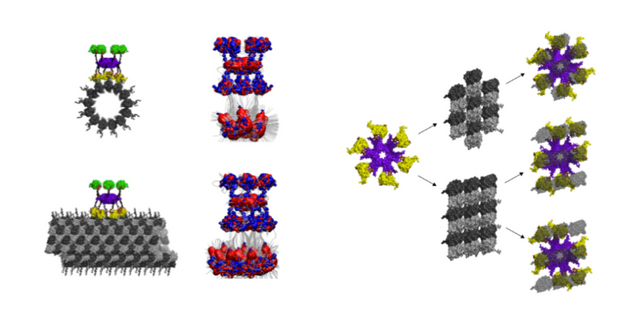The correlation between CAMKII and long term memory, and microtubule lattices as a memory storage device
That CAMKII writes 6 bits of data to microtubule lattices is a big leap forward in its role in long term memory. What I learnt in med. school in 2009 was more or less "calcium flows into neuron through NMDA receptor, activates calmodulin, activates CAMKII, therefore long term memory" which made about no sense at all as a model to explain the well known empirical correlation with LTM. That CAMKII imprints memory into MT lattices, 6 bits per interaction, that is a model that adds up.
A brief history of CAMKII in long term memory
The wide-spread idea that CAMKII would somehow, just by being activated, form long term memory, by as acting as a molecular switch that can store information indefinitely (Lisman, 1985)[1], shows just how strong the empirical correlation has been between CAMKII and memory, seen in how genetic deletion of CAMKII impairs long term memory, how CAMKII is most concentrated in the hippocampus and cortex - there was enough evidence to justify the somewhat nonsensical idea that this Type II CaM kinase formed a bistable molecular switch, a transistor,[1, 2] in the absence of a molecular switch, one had to be made up.

In 2012, almost three decades after John E Lisman proposed that memory was the result of an autophosphorylating kinase and a molecular switch[1], Craddock, Tuszynski, and Hameroff suggest that CAMKII is not acting as a bistable switch in itself, it is acting to switch the state of tubulins as molecular switches and encoding memory in microtubule lattices.[3]

Looks an amazing device i guess its first time i heard about it.i will search it more when i get free.